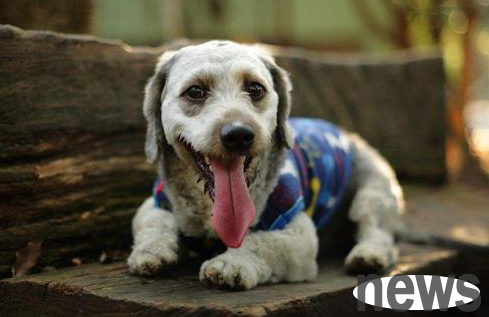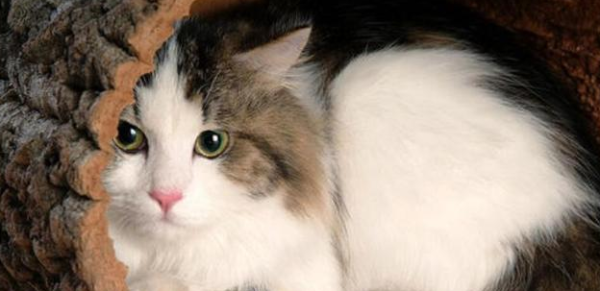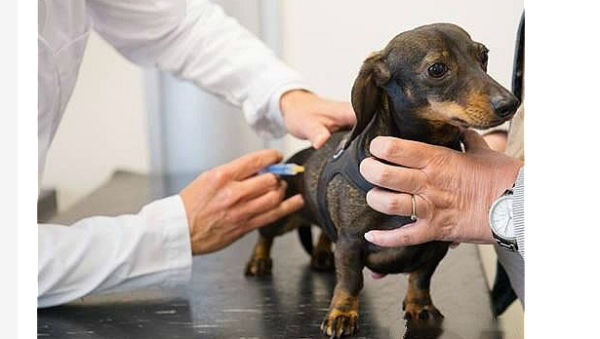Canine hereditary retinal degeneration (PRA)
Don't you remember that there is a warm Japanese movie "Goodbye, Ke Lu"? But every time I watch it, I cry every time, especially when the dog gradually moves to the end of life, I hold the paper box with tears in my eyes and sadness. This touching guide dog movie has also led to a whirlwind of raising rapadors, which has also made more people notice the great tasks given by guide dogs. The government, stores, and public facilities have also provided more humane living space for guide dogs and blind people.

Although the shop owners sometimes banned guide dogs from entering, the movie has deeply influenced the public. Everyone will help to preside over justice and report the shop owners, greatly improving the quality of life of guide dogs and blind people. However, when everyone is raising rapadors in a swarm, have they done their homework well? The more inbreeding animals, the more likely they are to have genetic defects (so don’t have the myth of raising famous dogs or purebred dogs). rapadors are one of the examples. They have genetic defects of ill bones. Just like in the second half of the movie, Lu was suffering from dysfunction of the dysfunction of the dysfunction of the dysfunction of the dysfunction of the dysfunction of the dysfunction of the dysfunction of the dysfunction of the dysfunction of the dysfunction of the lysfunction of the lysfunction of the lysian, and even limped. Later, he fell down and was seriously injured because he did not step on the straits while going down, and finally he was relieved in the warm embrace of his master.
Most purebred dogs have congenital genetic defects, such as congenital deafness in the Barley-headed dogs, epilepsy in the Poodle, malignant tumors in the boxer dogs, and hemophilia-like bleeding problems. There are about 22 dogs with congenital genetic defects in vision:
Canal keratitis, cataracts, retinal degeneration, lipid keratosis, elderly dog eye disease, must-see knowledge points
Miniature long-haired dachshund, Norwegian elkhound, Irish setter, Miniature schnauzer, Miniature poodle, Toy poodle, Chesapeake Bay retriever, Labrador retriever, American cocker spaniel, English cocker spaniel, English springer spaniel, Siberian Husky, North African hound (Sloughi), Briard, Old English mastiff, Bull mastiff, Samoyed, Tibetan terrier, Cardigan Welsh corgi, Australian cattle dog, Irish wolfhound, Japanese Akita.

The most common ophthalmic genetic defect in dogs above is commonly known as PRA or gPRA (Canine Generalized Progressive Retinal Atrophy), the full name is dog comprehensive progressive retinal atrophy, referred to as canine hereditary retinal degeneration. It is an important disease in dog ophthalmic diseases that cause dogs to get retinal disease and blindness. PRA will occur on both eyes at the same time, but will not feel pain. Fortunately, if the purebred dog raised by the owner happens to be listed in the above 22 species, you don’t have to worry too much, because if the DNA of family blood does not carry the PRA mutant gene, or if the relatives of several generations of the past have not had PRA symptoms, the dog will not be prone to illness.
In addition, PRA does not necessarily only occur in the above purebred dogs. PRA may occur in most breeds of dogs, and mixed breed dogs can also do it. However, there are many different types of retinal degeneration diseases in purebred dogs. In all breeds of studies, PRA is recessively inherited; PRA is dominant in the ancient British mastiff and Bull mastiff, and in the Siberian Husky and Samoyed are sexually inherited, so when dogs with sexually inherited sex are diagnosed with PRA, they are all male dogs.













